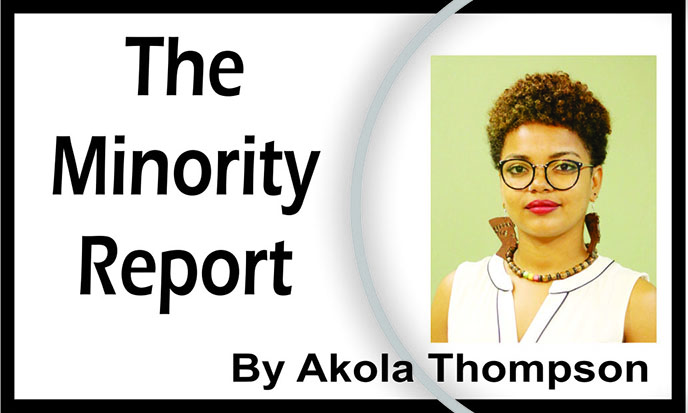Once famed as the world’s longest floating bridge at the time of its construction, the Demerara Harbour Bridge (DHB) has served as the transportation link between West Bank Demerara and Georgetown for over four decades. The bridge has surpassed expectations with how it has stood up against the test of time. It has of course not been without its problems and for those residents who have to travel it regularly, the Demerara Harbour Bridge can be a constant source of distress.
Last week, on the first scheduled day of school – the resilience of both the bridge and its travelers was once again tested when a tug slammed into it and put it out of commission for two days. Students and workers were forced to utilize the Vreed-en-Hoop speedboats to reach their destinations. Thousands of people, young and old, were trapped in a hot zombie two-step of jostling bodies on the rickety planks of stellings that reek of abandonment. It was chaos.
What the bridge being out of order brought to the fore was how necessary it is to have more efficient travelling means and back up plans in case of emergencies. The current reactive approach cannot be our only strategy, primarily given the frequency with which the bridge is partially or completely closed for repairs and maintenance. Aside from that, the traffic congestion usually seen by the bridge on a normal morning or afternoon is enough to make you wonder whether going to work or school is even worth it. Traffic officers stationed at DHB and its environs seem to exacerbate the traffic problem rather than help it, notably on the west side where special privilege to bypass the line is given to a growing number of elite vehicles.
Beginning under the reign of the previous administration, there have been many public proclamations on the building of a new bridge to connect Regions 3 and 4. This same proposal has frequently been made by the current administration. Minister of Public Infrastructure David Patterson had claimed in October of last year that work on the new bridge would begin in 2019. While we are one month away from a year since he made that statement, very little has been done to move forward on the building of the bridge. Given that the government currently has caretaker status until the pesky tune in this edition of political musical chairs stops, chances are that hopes of a new bridge will for a very long time remain tethered on the horizon.
As we dare to dream along with the many impassioned speeches and talking points regarding the future of Guyana’s infrastructural development, we should remain cognizant of the compromises we make to achieve that. In 2015, Patterson had stated that the People’s Progressive Party/Civic oft used Public Private Partnership (P3) approach would not be used by the coalition government in construction of the new DHB given the sordid history of these deals in Guyana. Both the Berbice River Bridge and the Marriott Hotel were built using P3 financial structures and we all know how those turned out. The public’s purse remains saddled with the debt of Marriott and the Berbice Bridge.
P3’s are financial structures in which the private sector partner finances and takes on the weight of construction, operation and maintenance of a project – such as the building of the new DHB – for a specified number of years. The objective for the private partner of course is to recover the money they would have spent on the project, with considerable interest. What’s more is that these agreements are usually long term and private partners can set their rates for retention of capital. The ones who often lose in such a situation is of course the people. While it is our own fault if we take the word of career politicians seriously, idealism can often get in the way of common-sense. Recognizing that change only ever happens in increments would have gone a long way in helping to assuage the disappointment felt once it was realized that the DHB would indeed be constructed through a P3 agreement.
Although there is a need to have more than one sole connector between the regions, there has been talk that once the new bridge is built, the old one will be dismantled. While I pause to associate myself with a Harmon quote, he was not wrong when he pointed out, “Two bridges are better than one.” That’s just elementary. There will of course, be an uphill battle in keeping the current DHB if the building of the new one ever completely leaves the theoretical stage. Those who are financially invested in the project will most likely balk at retaining a bridge that can substantially cut into their revenues. This is something we must fight against. We cannot continue to let ourselves be held hostage by business interests. Retaining the DHB will ensure travelers have a cost-effective option of travelling since we can rest assured that the rates of the new bridge may be substantially higher. It would also ensure that we have alternative routes of travel in case the new bridge is broken or malfunctions in some way. The average traveler has an urgent need for redundancy in our travelling methods.
Akola Thompson is a writer and social activist. You can send comments to akolathompson@gmail. com





